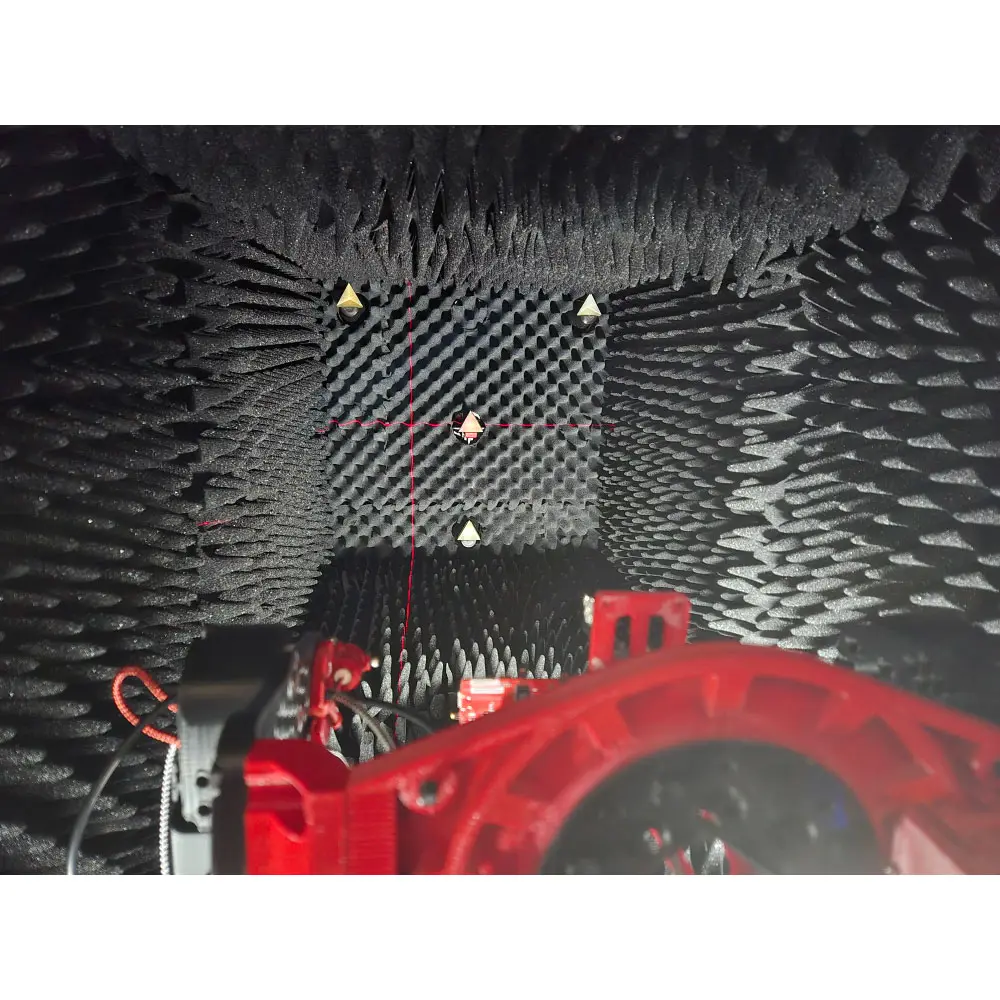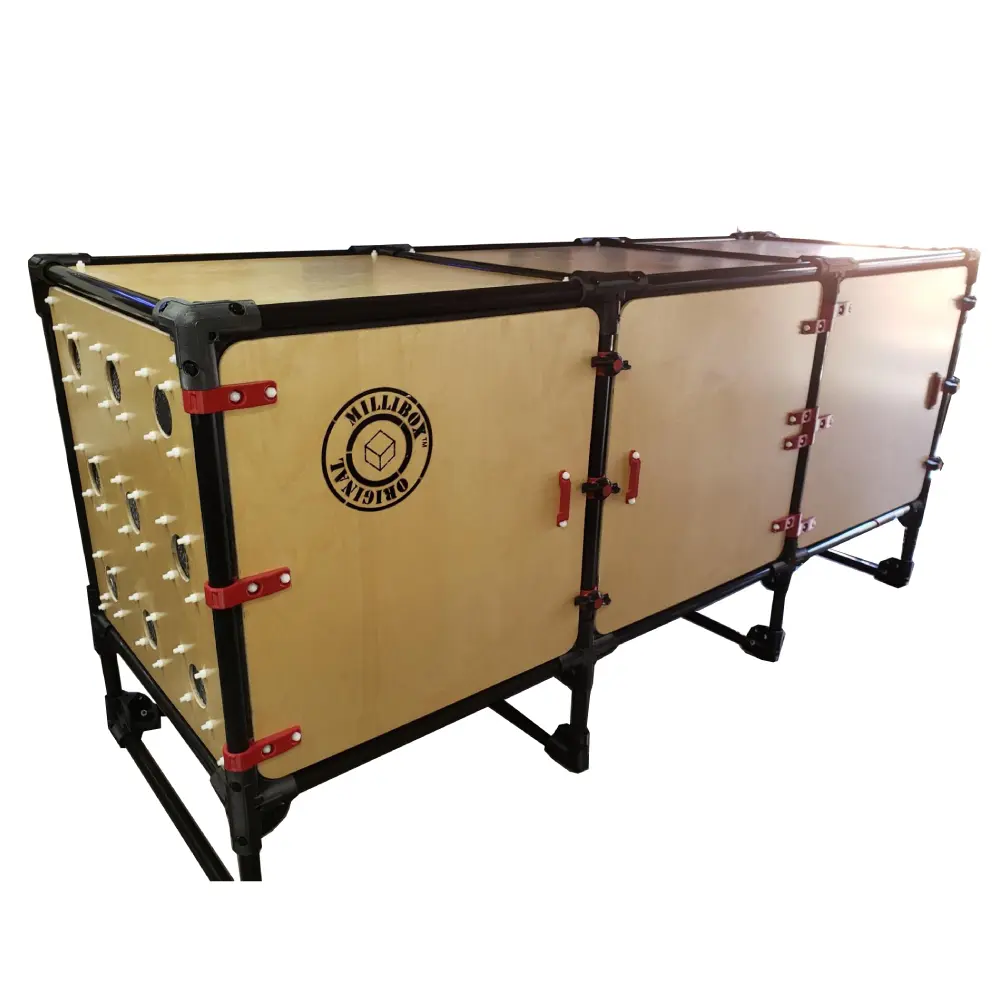MBX33R – mmWave radar performance test system with 9-position target wall
MBX33R is a complete solution for radar testing. In addition to the measuring typical RF metrics like radiation pattern, MBX33R can be used to evaluate or calibrate radar performance test against fixed or moving targets.
You may also be interested in...
-

WLLxx wall panel for radar testing accessories
Add to Quote This product has multiple variants. The options may be chosen on the product page -

Fixed trihedral corner reflector wall mount
Add to Quote -

Wall-mounted programmable oscillating radar reflector mount
Add to Quote -

MBX3x – 30″ section modular anechoic chambers for mmWave and sub-THz antenna testing
Add to Quote This product has multiple variants. The options may be chosen on the product page
MBX33R- is a complete solution for mmWave and sub-THz radar performance testing. This package includes a large chamber, a 3-axis positioner, and a set of accessories specifically designed for radar performance evaluation.
MBX33 CHAMBER- provides 10 discrete measurement probe positions. If necessary, the MBX33 chamber can be substituted with MBX32 or MBX34 for shorter or longer measurement distances. MBX33 is ideally placed on an 8-ft lab bench. Its 22” cavity size, provides enough space for multiple corner reflector radar targets.
GIM04-300X POSITIONER- is a 3-axis positioner with a 30cm DUT platform capable of holding radar modules up to 3kg. This positioner allows for independent DUT positioning along Azimuth, Elevation, and Polarization axes, at resolutions below 0.1˚. It is useful for standard radiation pattern measurements, but installed in an MBX33R it can also be programmed for radar performance evaluation.
DUT CONTROL INTEGRATION- because MilliBox software controller is provided in Python, in source, it is convenient to integrate a DUT controller within MilliBox software framework. This way, rather than connecting the MilliBox software to a traditional instrument like a VNA or spectrum analyzer, the radar DUT itself can be declared as an instrument and provides useful data directly as the sweep proceeds within the framework. As a result, for example, FFT, time-of-flight or doppler data could be plotted and rendered in 3D for easy visualization.










